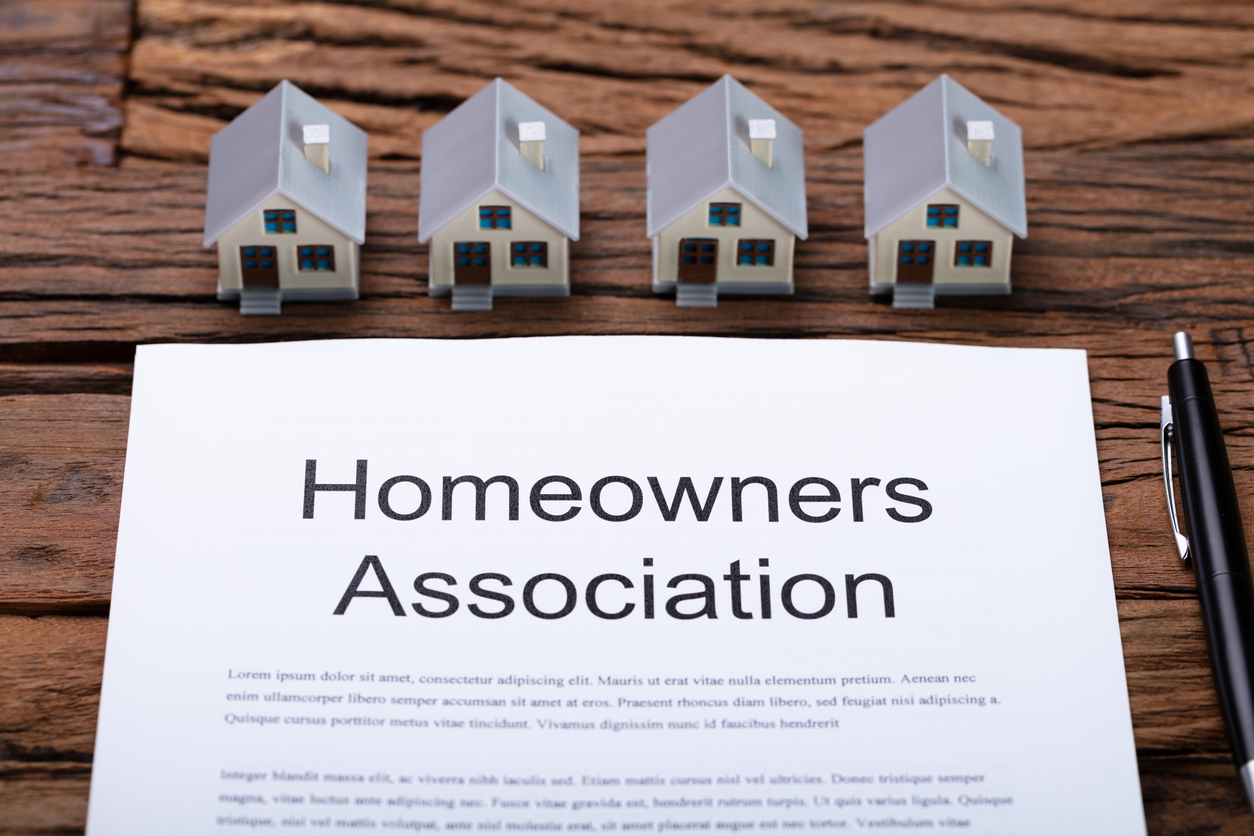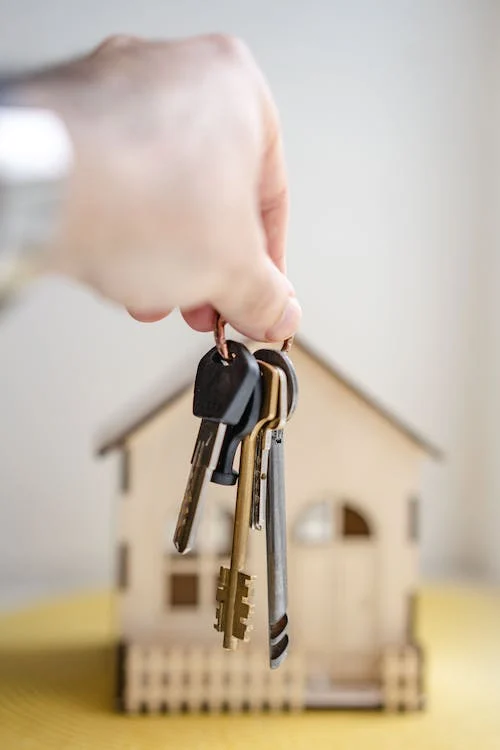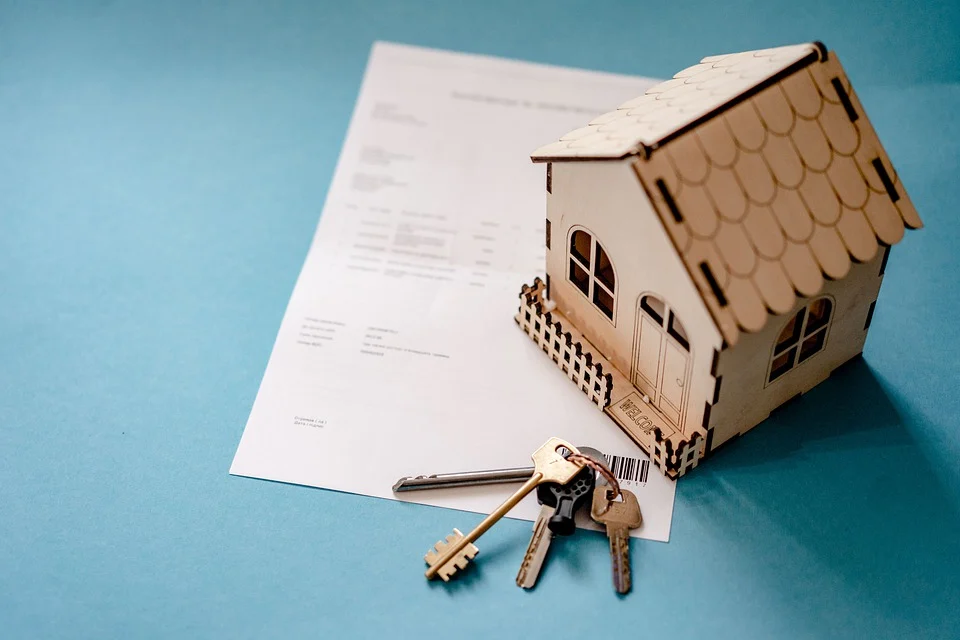Whether you’re joining an existing board or forming a new startup board in a newly formed HOA, you’ll need to understand how your association operates, so here’s an easy guide for you to learn more about running a Homeowners’ Association.
1. Learn How the HOA Works
 Every board member should be aware of his or her responsibilities and obligations, and the entire board should be familiar with the HOA’s management plan.
Every board member should be aware of his or her responsibilities and obligations, and the entire board should be familiar with the HOA’s management plan.
The governing documents of the HOA bind all board members. No board member may exercise authority that is not explicitly stated in those documents, and all board members must follow the responsibilities outlined in those documents.
2. Before Attempting to Create New Policies, Review Any Existing Ones
Many new board members are overly enthusiastic and eager to demonstrate their abilities. This frequently leads to an abuse of power or the implementation of flawed or unnecessary policies. Before you attempt to change or introduce a new policy, make sure you are familiar with the existing policies on the subject as they are currently written.
Even if a new policy is required, ensure that you and the other board members take the time to thoroughly examine all aspects of the proposed policy to ensure that it is feasible and effective.
Learn about the previous boards that have served your community (if your development has had other boards in the past). Read the minutes from their meetings and take the time to learn about your community’s history and previous decisions.
3. Prioritize Transparency
All decisions and proceedings of a homeowners’ association board must be completely transparent. The only thing that will give homeowners confidence and trust in the board is transparency. Discuss issues affecting your community, solicit feedback from other homeowners, and hold open public discussions on HOA proposals for your community.
4. Organize a Meeting of the Owners
 The owners’ meeting allows the board to hear from the development’s homeowners and unit owners. Owners’ meetings typically cover board elections, budget approval/amendments, amendments to the HOA’s governing documents, and other issues affecting the homeowners. There may be requirements regarding the frequency of meetings depending on where you live. For instance, did you know that in Colorado, a general homeowners’ or unit owners’ meeting must be held at least once a year.
The owners’ meeting allows the board to hear from the development’s homeowners and unit owners. Owners’ meetings typically cover board elections, budget approval/amendments, amendments to the HOA’s governing documents, and other issues affecting the homeowners. There may be requirements regarding the frequency of meetings depending on where you live. For instance, did you know that in Colorado, a general homeowners’ or unit owners’ meeting must be held at least once a year.
Each state may have different rules regarding how far in advance an owners’ meeting must be scheduled. Within that time frame, all owners must be notified of the upcoming meeting.
Many HOAs are required to post a physical notice in a visible community area about upcoming meetings. The HOA may also send email notifications or mail letters of correspondence to the homeowners in the development. The date, time, and location of the meeting, as well as any items scheduled to be on the agenda that day, should be included in all notices and correspondence.
5. Call a Board Meeting
Meetings of the board of directors should be open to all association members, or a designated representative if a specific member is unable to attend. The agenda for a board meeting should be available to all HOA residents, and the HOA must follow the bylaws that govern board meeting notifications. To ensure a productive board meeting, create an agenda and stick to it during the meeting.
The board must stick to the items on the agenda and may not introduce new items without prior approval.
The agenda should include ratification of the minutes from the previous board meeting, discussion of unresolved (“old”) business, and discussion of new items up for discussion or vote.
Boards may also wish to include an open forum for homeowners during the meeting to ensure that residents have a voice in the governance of their HOA. Ensure that all board members adhere to an agreed-upon code of conduct. Following parliamentary procedures during the meeting, allowing homeowners to observe the board conduct business, and other procedures to ensure a smooth and productive meeting are examples.



